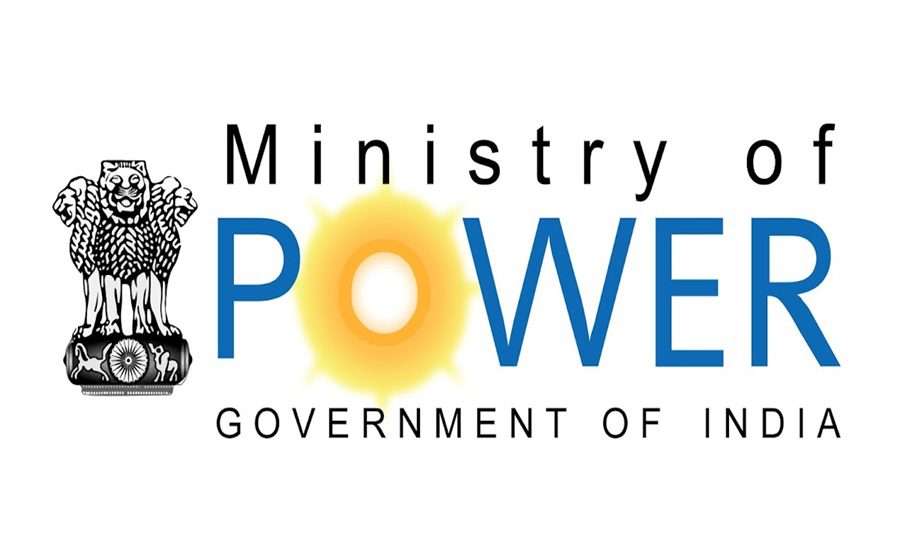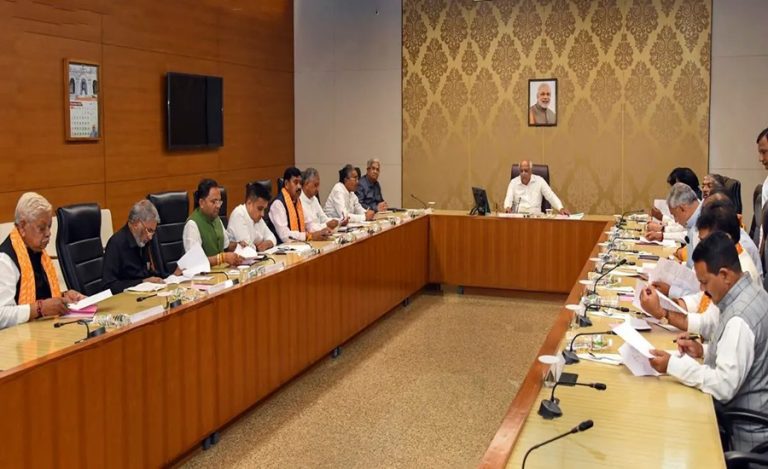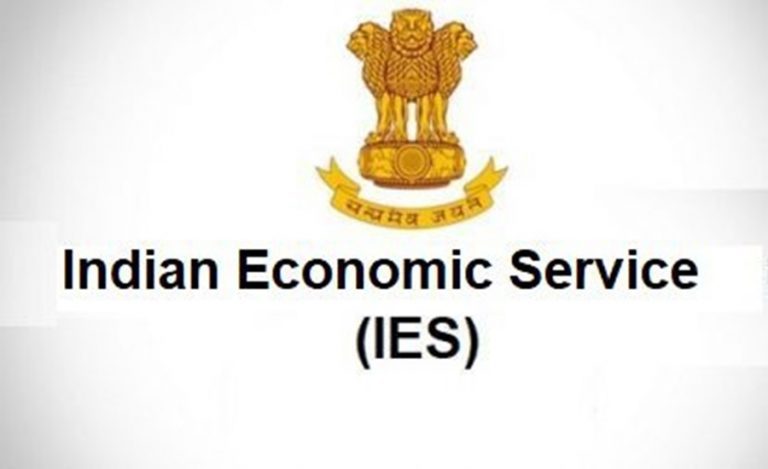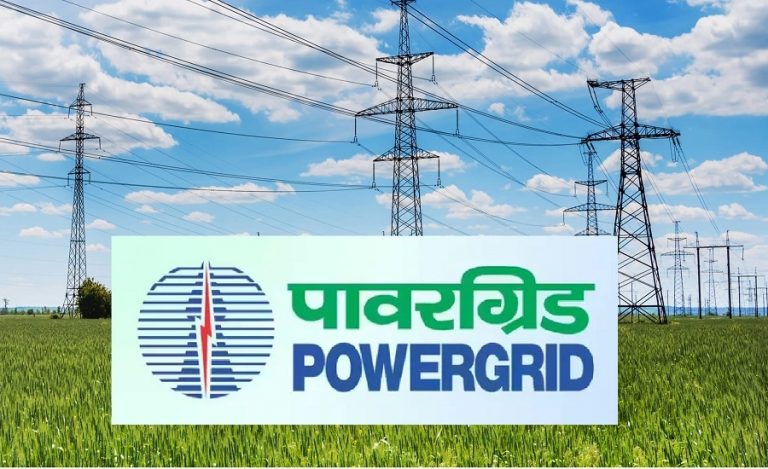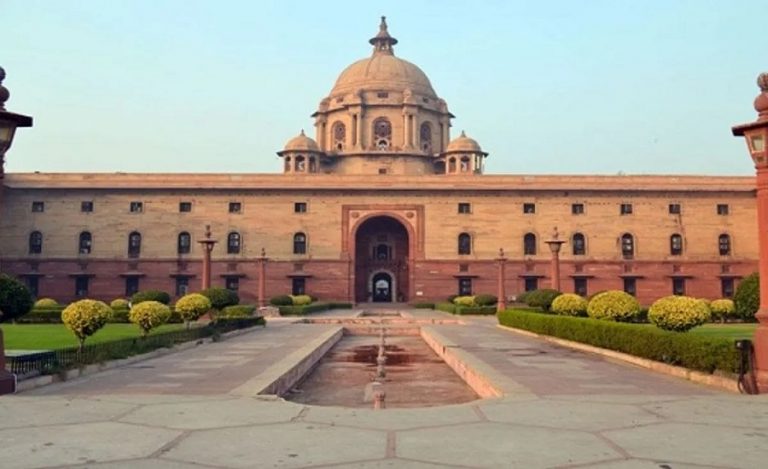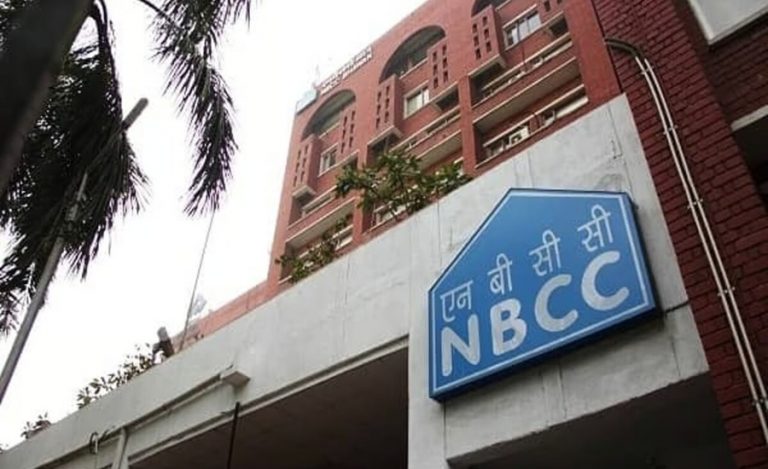Power Secretary Pankaj Agarwal emphasized the need for India to address supply chain gaps in the power transmission sector to achieve its target of 500 GW of renewable energy (RE) capacity by 2030. Speaking at the Central Electricity Authority’s brainstorming session, Agarwal suggested that a Production-Linked Incentive (PLI) scheme could help localize the supply chain for transmission equipment.
Agarwal highlighted a global issue, citing an International Energy Agency (IEA) report indicating that 1,650 GW of renewable energy capacity awaits connection to transmission systems worldwide. He noted that power transmission costs are projected to grow at a compounded annual growth rate (CAGR) of 14.5% over the next five years.
The transmission sector faces significant supply chain constraints, exacerbated by the rising demand for transmission equipment due to rapid renewable energy deployment. A report from Wood Mackenzie indicated that transformer shortages have resulted in a price increase of 40-60% since January 2022.
In India, renewable energy projects are often commissioned faster than the necessary transmission infrastructure, which typically takes 4-4.5 years to develop. Alongside supply chain challenges, issues related to Right of Way (RoW) further complicate the situation, according to Agarwal.
Efforts to optimize costs across the value chain are essential for sustaining growth in the sector and ensuring reliable energy supply.

